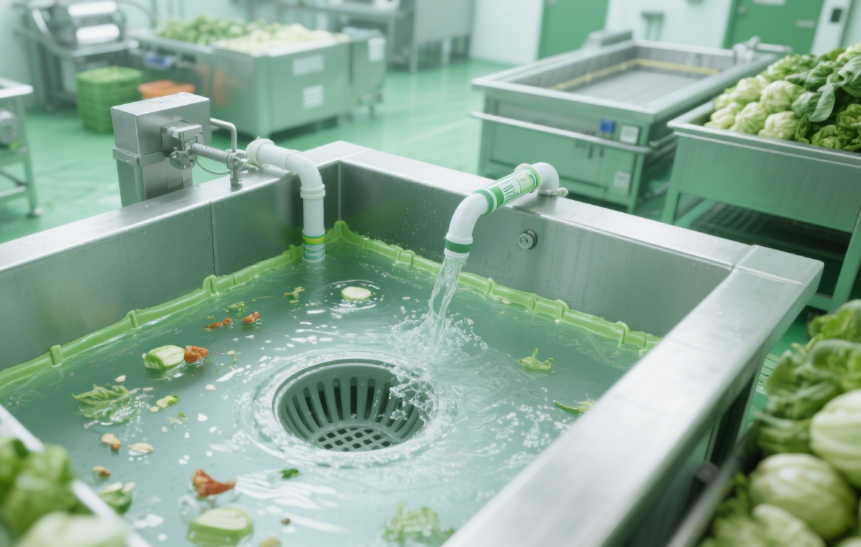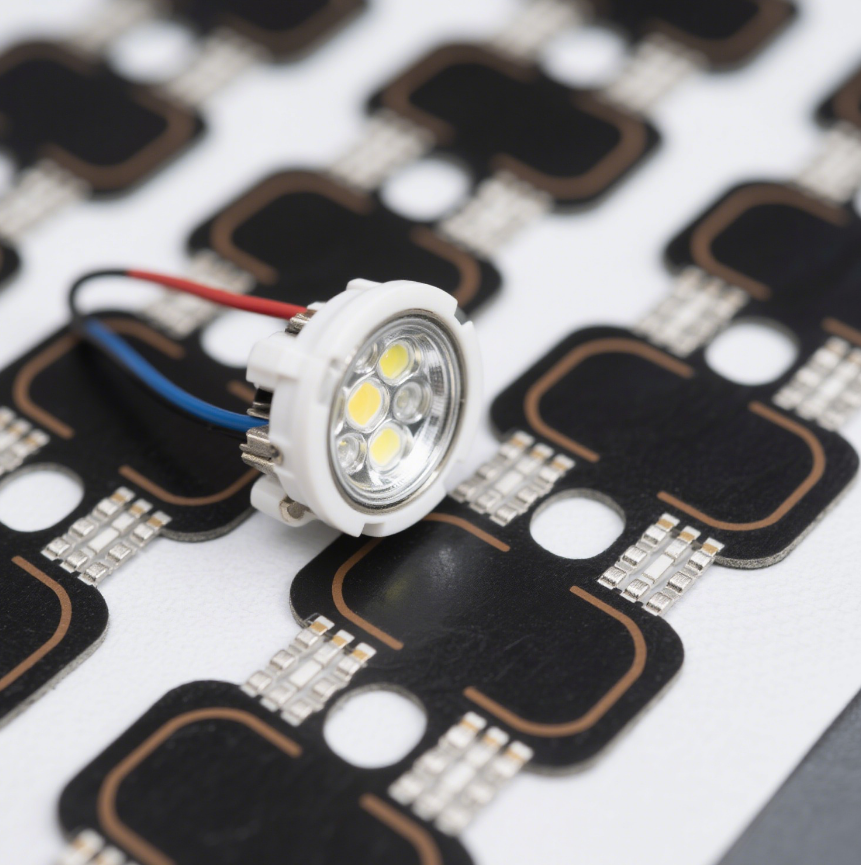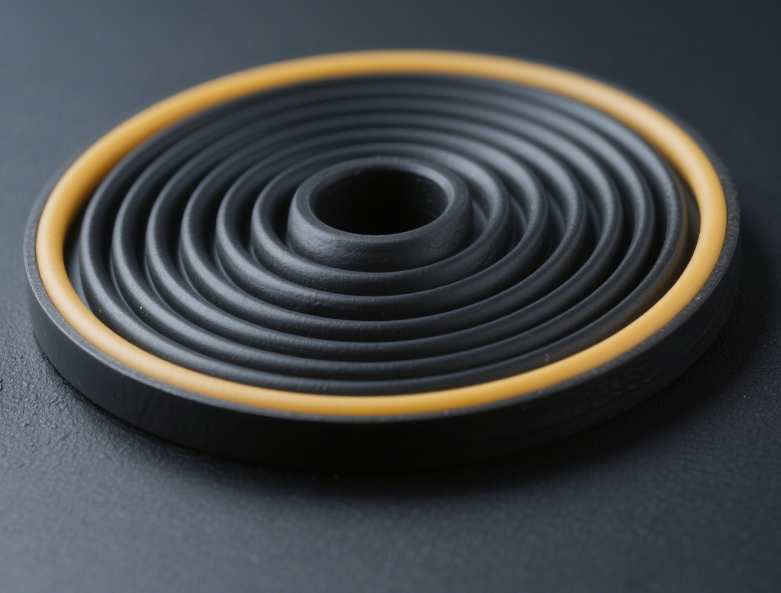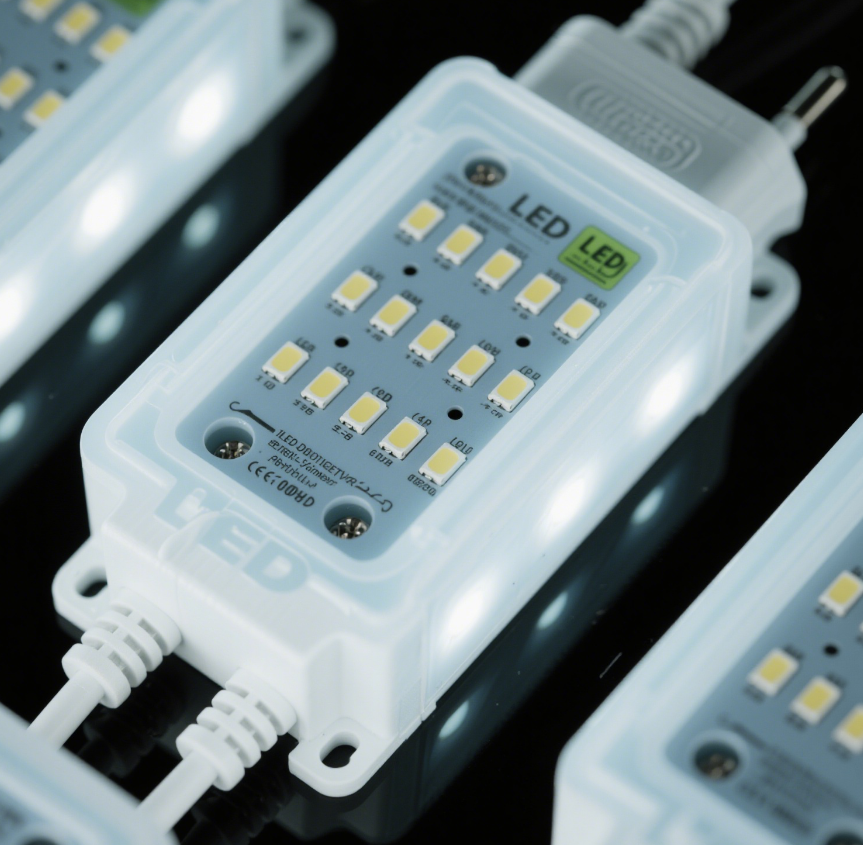The Application of Acidic Silicone Sealants in Food Processing Equipment
2025/06/26
0
In the food processing industry, the sealing performance and safety of equipment are of vital importance, directly related to food quality and consumer health. Acidic silicone sealants have been widely used in food processing equipment due to their unique performance advantages.
I. Performance Characteristics of Acidic Silicone Sealants
(1) Good Sealing Performance
Acidic silicone sealants have excellent sealing performance, capable of forming a continuous, uniform, and tight sealing layer at the joints, interfaces, and other parts of food processing equipment under various complex environmental conditions. Whether facing high/low temperatures, humidity, vibration, or pressure changes, they can effectively prevent the leakage of gases and liquids, and block external impurities, microorganisms, etc., from entering the equipment, thus avoiding food contamination. For example, at the pipeline connections of food filling equipment, acidic silicone sealants can ensure that materials do not leak during the filling process, guarantee smooth production, and prevent external air and dust from entering the pipeline to contaminate food raw materials.
(2) Excellent Weather Resistance
Food processing equipment often needs to operate in different environmental conditions, and acidic silicone sealants have excellent weather resistance. They can withstand long-term erosion from natural environmental factors such as ultraviolet rays, ozone, wind, and rain, without aging, cracking, or powdering during long-term use, and always maintain good sealing performance and physical-mechanical properties. Even for outdoor food processing equipment, such as open-air food drying equipment and some agricultural food processing machinery, acidic silicone sealants can stably function for a long time, reducing the frequency of equipment maintenance and replacement of sealing materials due to sealing failure, and lowering equipment maintenance costs.
(3) Good Chemical Stability
In the food processing process, equipment may come into contact with various food raw materials, additives, cleaning agents, and other chemical substances. Acidic silicone sealants have good chemical stability, show strong tolerance to most food-related chemical substances, and are not prone to chemical reactions, swelling, or corrosion. For instance, when processing acidic foods (such as pickles, fruit juices) or cleaning equipment with alkaline cleaners, acidic silicone sealants will not be damaged by these chemicals, maintaining their own stable performance, ensuring equipment sealing, and avoiding the risk of food contamination caused by reactions between the sealant and chemicals.
(4) Fast Curing Characteristics
Acidic silicone sealants cure relatively quickly. Under suitable environmental conditions, they can complete curing within a short time and form a sealing layer with certain strength. This feature greatly shortens the time for equipment maintenance and installation, improving production efficiency. For example, when equipment experiences sealing failure requiring emergency repair, using acidic silicone sealants can quickly complete the sealing repair, enabling the equipment to resume normal operation as soon as possible and reducing production losses caused by equipment downtime.
II. Application Scenarios in Food Processing Equipment
(1) Sealing of Containers and Tanks
In the food processing process, various containers and tanks are widely used, such as storage tanks for raw materials, fermentation tanks, reaction kettles, etc. Acidic silicone sealants can be used for sealing at the flange connections, manholes, sight glasses, and other interfaces of these containers and tanks to ensure the internal sealing of the containers, preventing material leakage and external contamination. In fermentation tanks, the sealant can ensure the anaerobic or specific gas environment required during the fermentation process, promoting the smooth progress of fermentation, while avoiding waste and pollution caused by fermentation liquid leakage.
(2) Pipeline Connection Sealing
The pipeline system of food processing equipment is responsible for transporting various raw materials, semi-finished products, and finished products. Acidic silicone sealants are used for sealing at the threaded connections, flange connections, welded interfaces, and other parts of pipelines to prevent material leakage inside the pipeline and entry of external impurities. In the conveying pipelines of food and beverages, good sealing can ensure product quality and hygienic safety, avoid material loss and product contamination caused by pipeline leakage, and prevent the breeding of microorganisms at pipeline leakage points, which affects food quality.
(3) Equipment Housing Sealing
The housing of food processing equipment needs to have good sealing performance to prevent external dust, insects, moisture, etc., from entering the equipment, affecting its normal operation and food processing quality. Acidic silicone sealants can be used for sealing at the joints, door and window edges, and other parts of the equipment housing to form an effective protective barrier. For example, in the housing sealing of food packaging equipment, the sealant can prevent external impurities from entering the packaging area during the packaging process, ensuring the cleanliness and hygiene of food packaging.
(4) Sealing of Special Parts
In addition to the above common application scenarios, acidic silicone sealants can also be used for sealing special parts of food processing equipment, such as agitator shaft seals, valve seals, etc. At the agitator shaft seal, the sealant can prevent material leakage to the bearing part, avoiding bearing damage and material contamination; in valve sealing, it can ensure the sealing performance of the valve, enabling the valve to accurately control the flow and direction of materials during opening and closing, ensuring the precision and stability of the food processing process.
III. Precautions for Using Acidic Silicone Sealants
(1) Safety and Compliance
Acidic silicone sealants used in food processing equipment must comply with relevant food safety standards and regulatory requirements. For example, they need to meet the relevant regulations of the FDA (U.S. Food and Drug Administration) in the United States and the requirements of directives such as EC 1935/2004 in the European Union. When selecting sealants, it is necessary to ensure that the product has relevant food-grade certifications to ensure that it will not release harmful substances during contact with food or have adverse effects on food safety and quality. At the same time, pay attention that the components of the sealant should not contain harmful substances to the human body, such as heavy metals, toxic solvents, etc.
(2) Surface Treatment
Before using acidic silicone sealants, the sealing surface of the equipment must be strictly cleaned and treated. The sealing surface should be free of impurities such as oil, dust, moisture, and rust; otherwise, it will affect the adhesion performance between the sealant and the surface, leading to poor sealing effects. Appropriate cleaning agents and tools can be used to clean the surface, such as using alcohol to wipe off oil stains and sandpaper to polish off rust and rough surfaces to improve the adhesion of the sealant. After cleaning, ensure the surface is dry to avoid residual moisture affecting the curing and adhesion of the sealant.
(3) Construction Environment and Operation Specifications
The construction environment of acidic silicone sealants has a certain impact on their curing and performance. Construction should be carried out in a dry and well-ventilated environment, avoiding construction in humid, high-temperature, or low-temperature environments. Generally, the suitable construction temperature range is 5°C – 40°C, and the relative humidity should be lower than 80%. During construction, follow the correct operation specifications, such as using a suitable glue gun to extrude the sealant evenly, controlling the thickness and width of the glue layer, ensuring that the sealant can fully fill the sealing gap and closely adhere to the sealing surface. After construction, avoid external force impact or excessive vibration on the sealed part until the sealant is completely cured.
(4) Regular Inspection and Maintenance
Although acidic silicone sealants have good performance and a long service life, during the long-term operation of food processing equipment, the sealants may still age, be damaged, etc., due to various factors. Therefore, it is necessary to regularly inspect the parts using sealants to observe whether there are phenomena such as cracking, falling off, or deformation of the sealant. Once problems with the sealant are found, repair or replace it in a timely manner to ensure the sealing performance of the equipment and food safety. At the same time, when cleaning and disinfecting the equipment, pay attention to avoiding the use of cleaning agents and disinfection methods that are corrosive to the sealant to prevent accelerating the damage of the sealant.

















